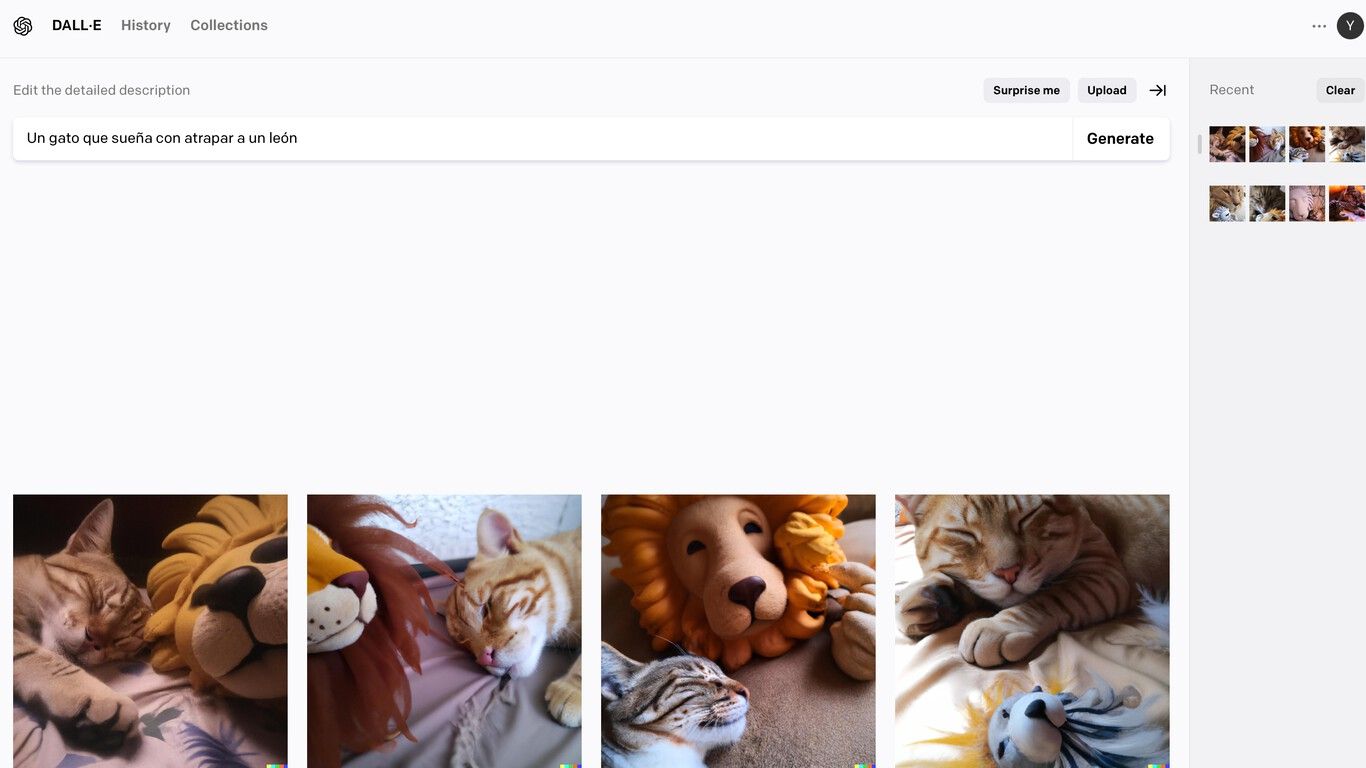DALL-E: what is it, how does it work and how can you use this artificial intelligence to create images?
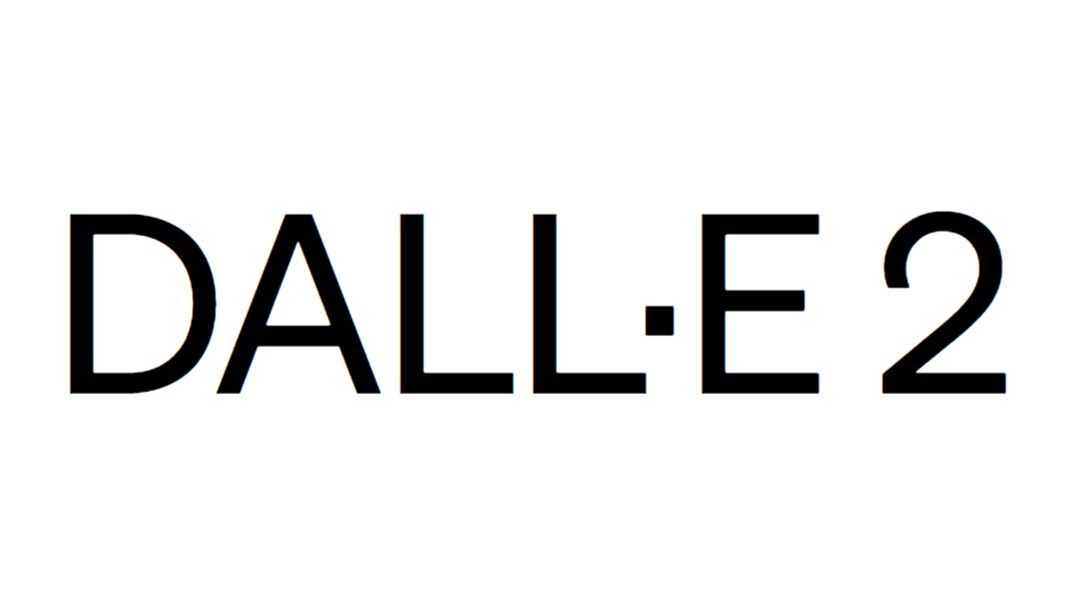
Let's see what DALL-E is and how this artificial intelligence capable of generating images from text works. It is one of the AIs that started this revolution of generating images, together with others such as Stable Diffusion and MidJourney.
We will try to simplify our explanation, so that you don't need to have technical knowledge or understand technical terms to get an idea of how it works. And when we're done, we'll also tell you how you can try DALL-E and use it on your own to generate images.
What is DALL-E
DALL-E is an artificial intelligence system created by OpenAI, the same creators of ChatGPT. In this case, it is an AI that generates images from text, so you only have to describe what you want it to draw, and it will generate the image from nothing.
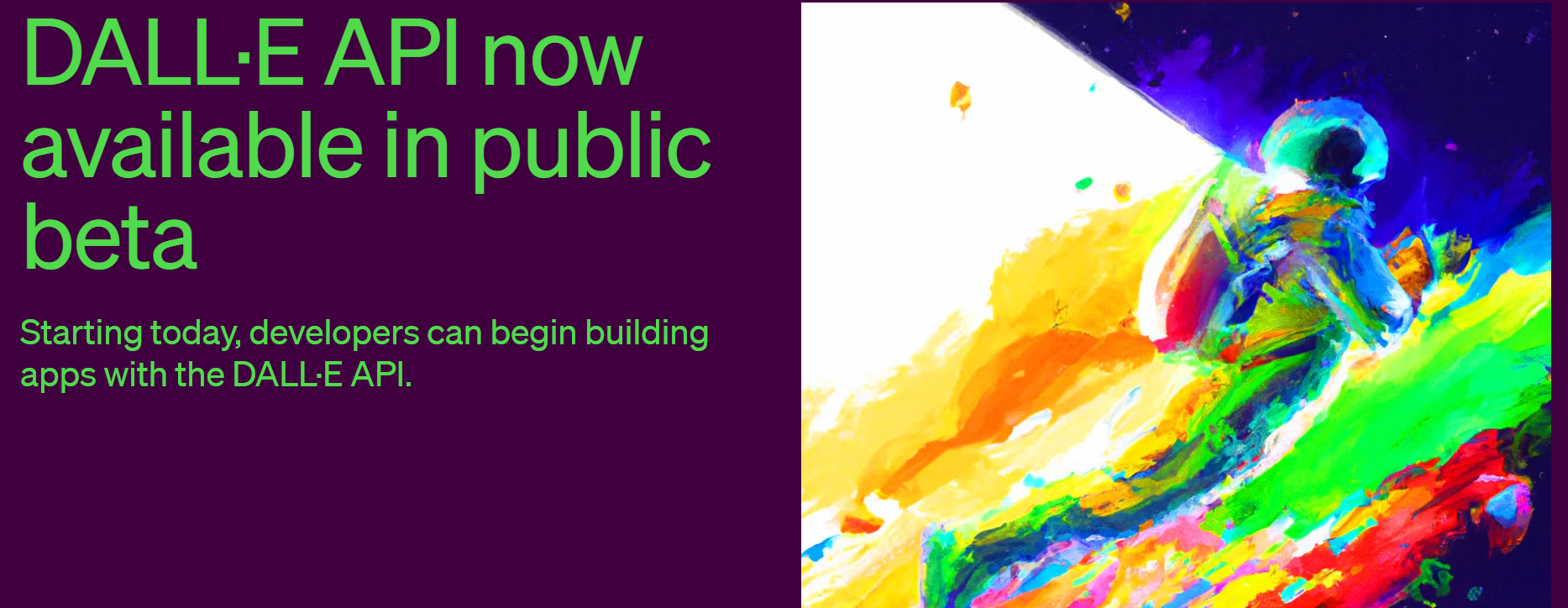
Developers at Routinehub can now make use of the DALL-E API to work magic.
This artificial intelligence is based on GPT-3, a language model trained with millions of parameters. This means that it is able to understand what you are asking it with natural language, since it has been trained to distinguish the formulas we use when we express ourselves and want to ask or ask something.
In addition to this, DALL-E has also been trained through a gigantic library of works of art and photographs. Thanks to this, when you ask it to draw a celebrity, DALL-E will know who you are referring to, and it will draw what this person looks like by performing an action that it will also know how to interpret and draw.
In addition to this, this artificial intelligence system is also capable of combining concepts, styles and attributes for an image. So, if you explain that you want to see a certain thing, specifying details or even artistic style, the AI will try to combine everything in the image.
DALL-E is a model that is constantly evolving. Its first version was presented in 2021, and in 2022 OpenAI presented DALL-E 2, which is the current version. And eventually it will bring out a DALL-E 3, which will be more capable and will generate better images through our texts.
How DALL-E works
FALL-E uses what is called a diffusion model, which are those artificial intelligence systems capable of creating images out of nothing. In this creation process, it learns from the latent structures of the data to train itself to eliminate the Gaussian noise of blurred images, which are those small distortions that can be generated in this type of AIs.
Its creation process is the same as other similar AIs, and can be summarized in three steps. First, it encodes and understands the text you have written in the prompt or request. In this way it tries to know what you mean, and tries to distinguish the different features, characteristics and styles that you have asked it to draw.
Then, DALL-E creates image information from this request, and finally uses a decoder that paints the image from that text. In short, it first understands what you ask it to do, then it thinks what elements it will have depending on your request, and finally it draws the picture.
Each time you ask it to draw something the result changes, since it processes it again from scratch. Therefore, you can make a request until it finally draws what you want to see.
How to use DALL-E
OpenAI, which is the developer of this AI, has an official website where you can use DALL-E. The only thing you need is to have registered with OpenAI, the same as you need to use ChatGPT. Therefore, you can use both AIs with the same account. The DALL-E website is Openai.com/dall-e-2, where you have to login or register.
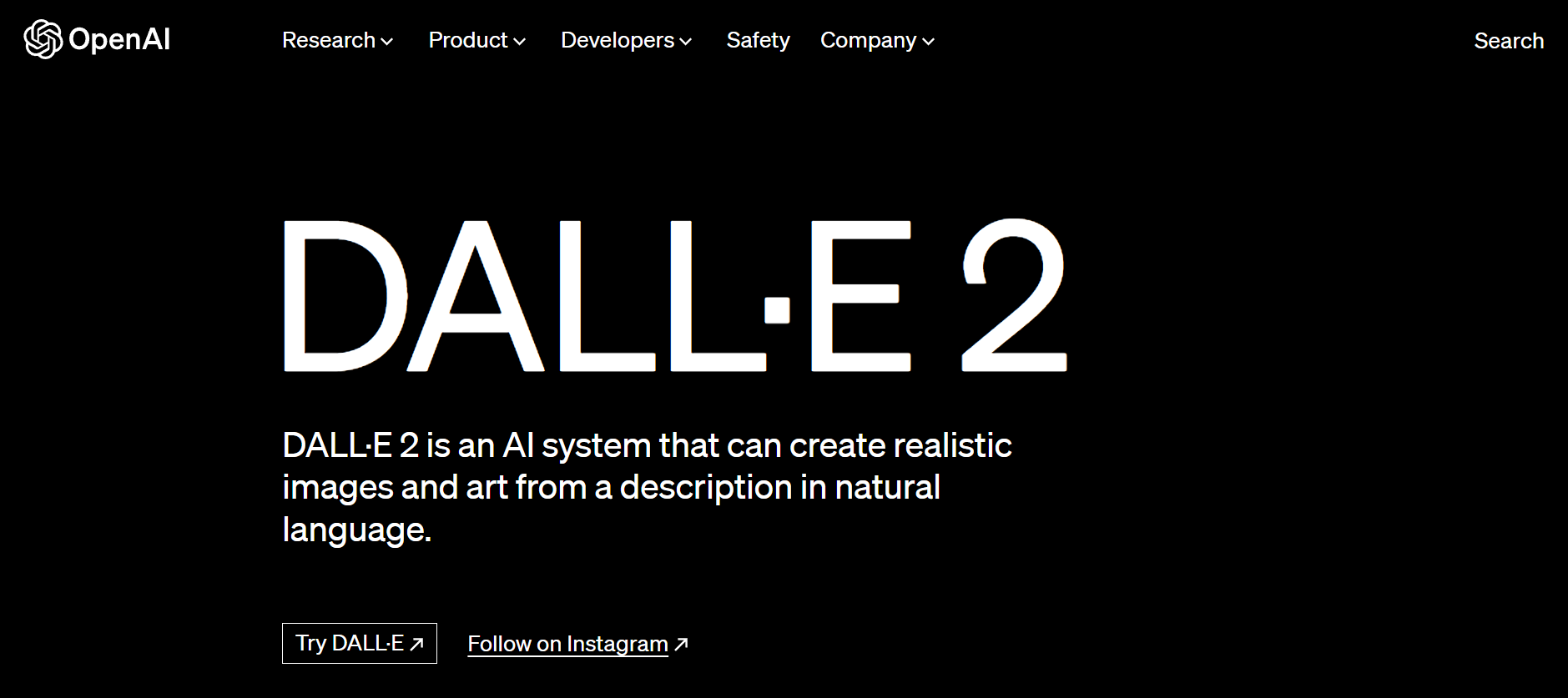
Once you have identified yourself, you will enter the DALL-E page, where you will be asked to acquire credits, if you registered before April 6, 2023, you will have 5 free credits. In it, you have a bar where you must write what you want it to draw, something you can do both in English and Spanish.
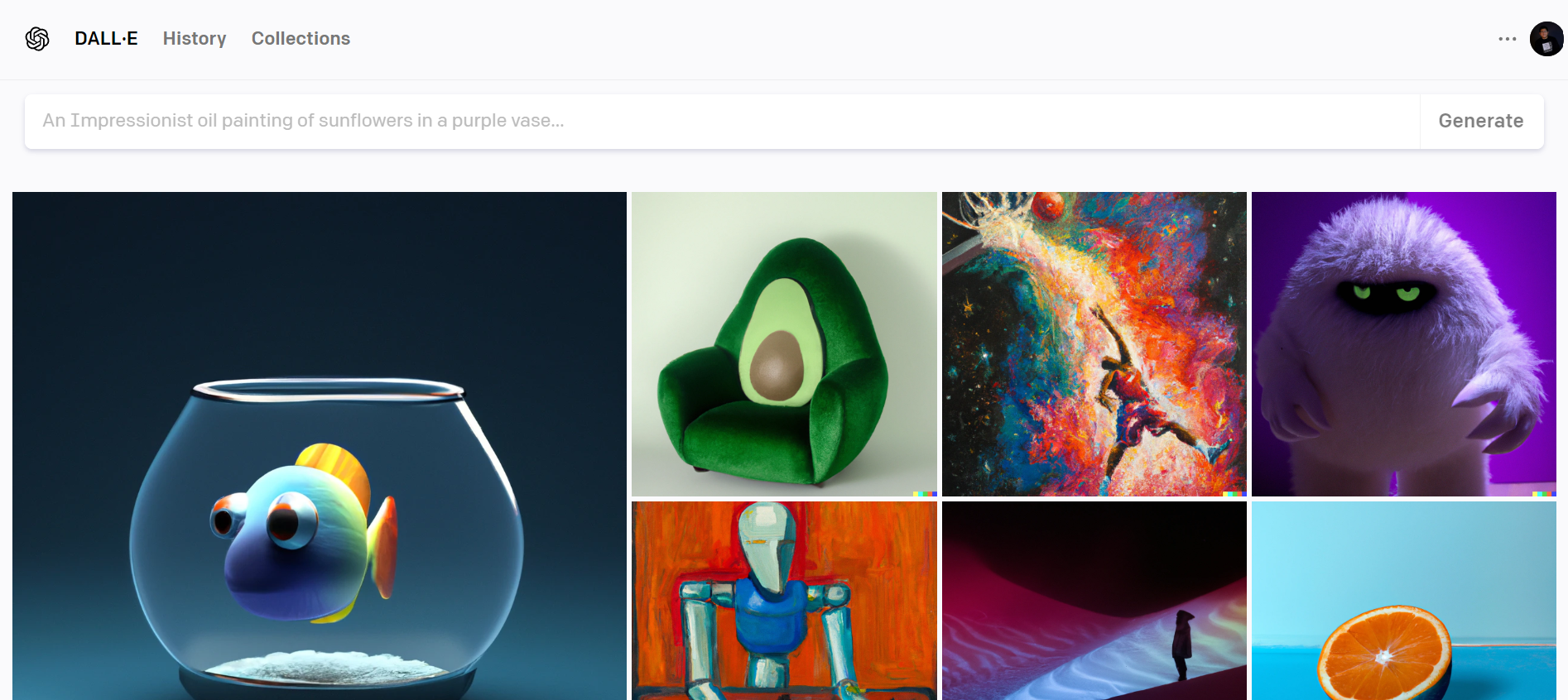
And that's it, when you type something and click on the Generate button, the AI will take a few seconds and present you with 4 images that represent what you have asked it to draw. Then, you can ask it for more different things or add more details to your request to refine, although you can also ask it to generate images again from the same promtp.
